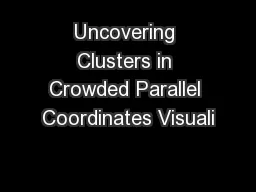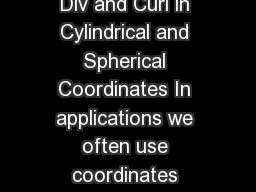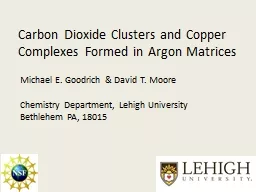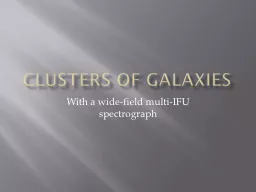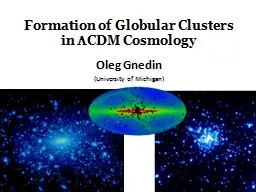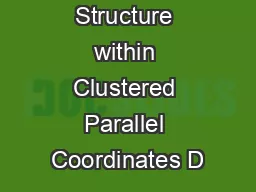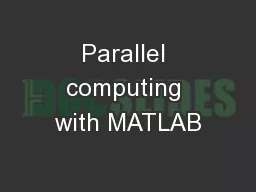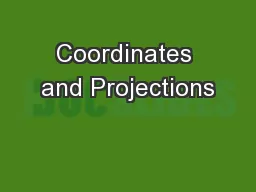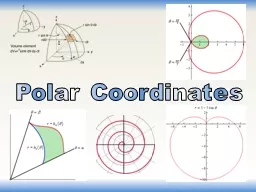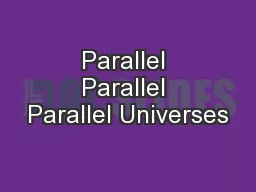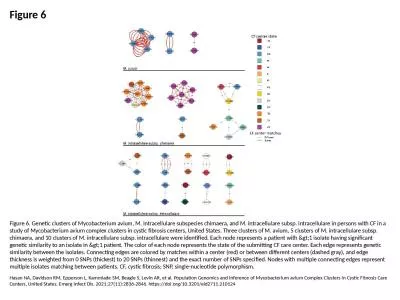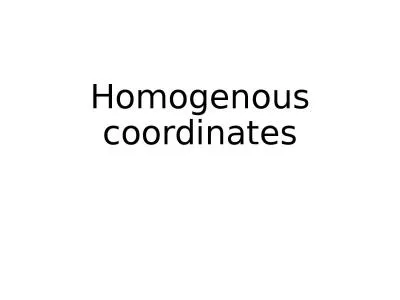PPT-Uncovering Clusters in Crowded Parallel Coordinates Visuali
Author : debby-jeon | Published Date : 2015-11-17
Alimir Olivettr Artero Maria Cristina Ferreiara de Oliveira Haim levkowitz Information Visualization 2004 Abstract The idea is inspired by traditional image
Presentation Embed Code
Download Presentation
Download Presentation The PPT/PDF document "Uncovering Clusters in Crowded Parallel ..." is the property of its rightful owner. Permission is granted to download and print the materials on this website for personal, non-commercial use only, and to display it on your personal computer provided you do not modify the materials and that you retain all copyright notices contained in the materials. By downloading content from our website, you accept the terms of this agreement.
Uncovering Clusters in Crowded Parallel Coordinates Visuali: Transcript
Download Rules Of Document
"Uncovering Clusters in Crowded Parallel Coordinates Visuali"The content belongs to its owner. You may download and print it for personal use, without modification, and keep all copyright notices. By downloading, you agree to these terms.
Related Documents

